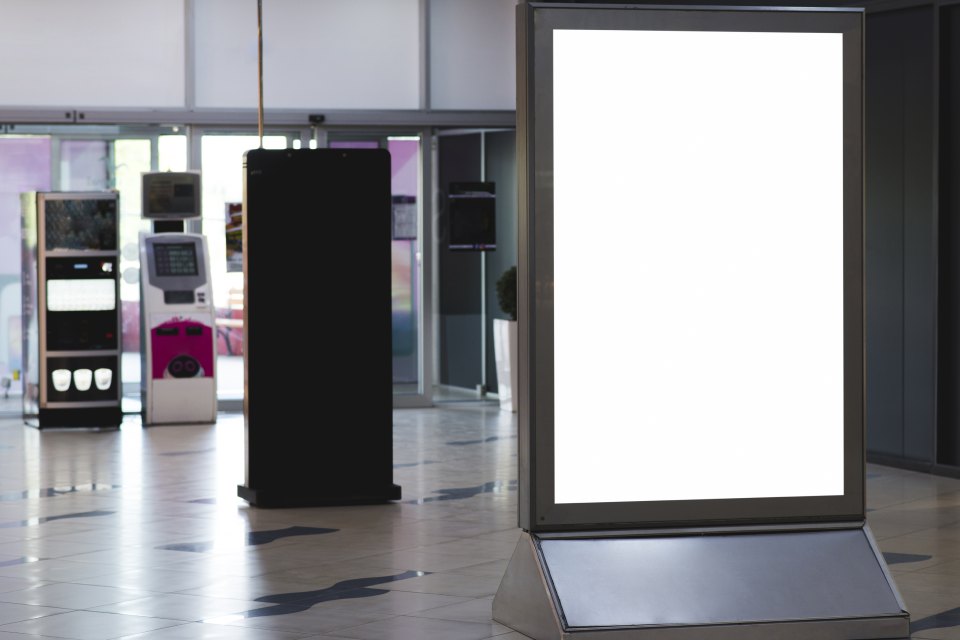In the past, graphic design was an exclusive territory for professionals who efficiently handled powerful and complex tools such as Adobe’s design suite with PhotoShop, Illustrator, and InDesign. However, thanks to platforms like Canva, a true revolution has occurred, democratizing graphic design for all types of people, regardless of their previous experience or skills.
Canva offers a wide range of pre-designed templates, fonts, images, and graphic elements, allowing you to create all types of designs with an attractive and professional look in just a few clicks.
In a world where visual impact is significant, knowing how to use Canva is essential to making an impact on your audience. Its main advantage is that it is a very intuitive application, so let’s go for it!
What Is Canva?
Founded in 2012, Canva is a graphic design and image composition tool that offers online features to create your designs, whether for personal or professional use. Last year, it achieved the milestone of having more than 100 million monthly users and 200 designs created per second.
This platform has a catalog of more than 15 million customizable templates to edit and create your projects with which to give free rein to your creativity. The templates have images, styles, and custom text design, and the size is appropriate for the corresponding social platform and its use (banners, posts, stories, web).
What Can We Do With Canva?
The possibilities are practically endless. From creating social media posts to generating visual content for presentations and business cards or resumes, this tool can be used for a wide variety of projects.
Among the many uses we can make of Canva, some of the most common are:
- Creating Social Media Posts: Canva offers templates and tools to design attractive, custom images for your social media profiles. From Instagram posts to Facebook covers, you’ll be able to capture your audience’s attention and promote your brand effectively.
- Design banners and promotional ads: Canva allows you to create professional-looking banners and promotional ads for your online marketing campaigns. You can select from a variety of preset sizes and customize them with your graphics, text, and logos.
- Creating infographics and information graphics: If you need to present data and statistics in a visually attractive way, Canva gives you all the necessary tools to create infographics and information graphics easily and quickly.
- Professional slide design: With Canva, you can create professional and visually stunning presentations. You can choose from a wide variety of professionally designed templates, customize them to your needs, and add images, graphics, and text to communicate your message effectively.
- Business Card Design: Canva offers templates and tools to design stylish, custom business cards. You can add your logo, contact information, and graphic elements to create a card that reflects your brand identity and leaves a lasting impression.
- Promotional materials: Whether you need to create posters, flyers, brochures, or catalogs, Canva allows you to design professional-quality promotional materials. You can customize existing templates or create designs from scratch, using graphic elements, images, and text to capture the attention of your target audience.
- Image editing: Canva has a variety of image editing tools that let you retouch your photos, adjust exposure, contrast, and saturation, crop and resize, and add filters and effects for outstanding results.
- Design personalized invitations and cards: With Canva, you can create invitations for special events, such as weddings, birthday parties, and baby showers, among others. You can also design personalized cards for occasions such as congratulations, thank yous, or casual invitations.
As we can see, it is a very versatile tool that provides solutions to design all types of visual materials in an easy and accessible way without requiring advanced knowledge. It is helpful for both general users and graphic designers. If you are an experienced designer, you will be able to obtain excellent results quickly, and if you are still starting in design, you will not need prior knowledge to obtain good results.
The great advantage of Canva is that its primary functions are accessible. Therefore, you have access to a lot of content at no cost. For people or companies that require greater functionality and resources, there is the Canva Pro plan for individuals and entrepreneurs and Canva for Teams, more focused on sharing but with all the functions of the Pro.
How Does Canva Work?
In order to use it, the first thing you must do is create an account on Canva. You can do it using your data from Google, Facebook, or simply by email.
Once you have created the account, Canva will ask you the primary use you will give it: teacher, student, personal, small business, large company, or non-profit organization. With this information, the tool will offer you suggestions for creating content related to the selected use, although you can also use a search engine to find more templates according to your needs.
Below, we have chosen a simple but very representative example to explain how the tool works and the process of creating a design: an Instagram post.
Once you access Create a Design, a tab appears on the left side where you can find a wide variety of designs. If you choose any template, you can change all the elements.
For example, when selecting the text, you will be able to choose font, size, and color. The same thing happens when you select a shape, a photo, or the background of the content itself. All templates are fully customizable and adaptable.
In the left column, you also have other types of elements available (photos, stickers, shapes, etc.) that you can include in your designs. All you have to do to add them is hold your mouse on them and move them directly over your composition on the right.
When you’re done, you can share the design online, or you can download and print it. Canva allows you to choose both the format and size of the file according to your needs.





